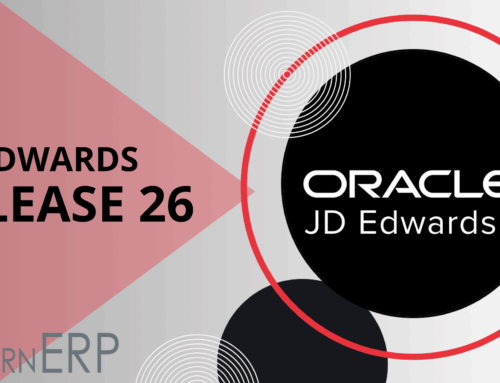 Did you miss our presentation at Collaborate 2016? We presented, “One Size Does Not Fit All – Maximizing End User Success through Learning Choices” on Monday, April 11th in Las Vegas. What is learner choice when it comes to training? It could be a choice in what (content), how (instruction), technology, purpose, pace, order and assessment. Why is learner choice important? Learner choice increases retention and progression towards objectives, which is why we like it. Choice promotes the learning process because it increases natural curiosity and motivation. Motivated learners will be more likely to pursue the gaps in their knowledge, and ultimately be successful.
Did you miss our presentation at Collaborate 2016? We presented, “One Size Does Not Fit All – Maximizing End User Success through Learning Choices” on Monday, April 11th in Las Vegas. What is learner choice when it comes to training? It could be a choice in what (content), how (instruction), technology, purpose, pace, order and assessment. Why is learner choice important? Learner choice increases retention and progression towards objectives, which is why we like it. Choice promotes the learning process because it increases natural curiosity and motivation. Motivated learners will be more likely to pursue the gaps in their knowledge, and ultimately be successful.
There is no one silver bullet to training. But, we have found through the years that giving learners different options translates to potential to reach each individual learner. Some of the options for learner choice follow:
Microlearning – Short instruction (usually less than 4 minutes), with one objective that users can select.
YouTube Style – Video learning or tutorials can fit this mode of delivery in a “YouTube” Style format that can be broken into parts that fit a longer course of instruction.
eLearning – This mode of learning utilizes technology to provide 5-15 minute chunks of instruction that can fit into a larger curriculum. Include knowledge check opportunities.
Web Delivery – Length of web delivery can vary, from a webinar that lasts 2 hours with breaks or practice opportunities. Sessions may be recorded for later viewing.
Tips and tricks for delivering these different choices are important to pay attention to. However you provide learner choice, be sure to categorize content for learners to quickly drill down to areas of need. Make it easy for learners to return to content for review or to test a skill. You can also enhance their experience before they start training by taking the “flipped classroom” approach and get your learners to work with new concepts before they attend an in-person session. This improves learners background knowledge along with awareness of their knowledge gaps. UPK is a great pre-requisite that can establish context for grasping new information to elevate the classroom experience.
What is coming in the future? Watch for gamification, M-learning, Social Media, Virtual Reality, 3-D Experiences, Coaching and Simulations.
Like this? Please share.




